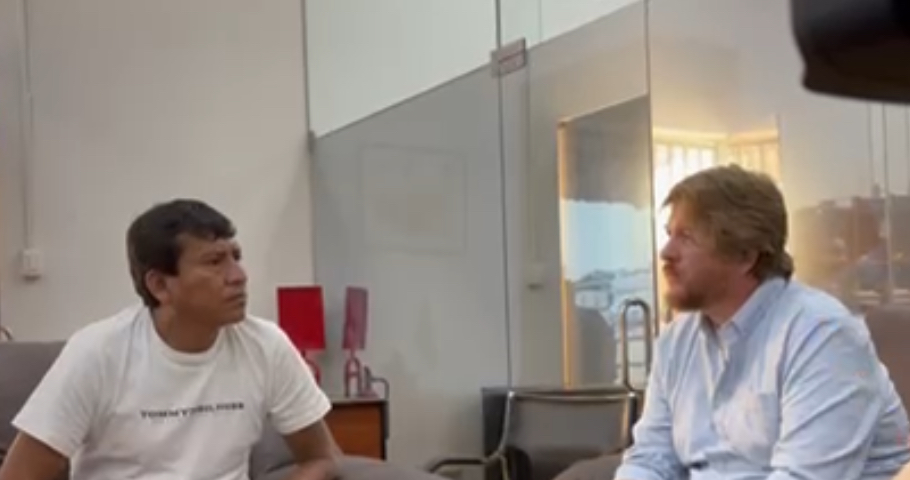About 1200 years ago, give or take, the landscape of the Nazca region changed dramatically. It is believed that a combination of human factors and the effects of El Niño created flooding and other changes to the environment that would no longer support the population, and ultimately led to the end of the Nazca people.
The four-hour drive towards Ica from Lima is across a rocky desert punctuated by truck stops, fruit vendors and “invasions”, also called “pueblos jovenes”. These makeshift cities stretch for miles from the highway into the desert where people have “invaded” the land to build homes and create communities. Every pueblo joven we passed had a few restaurants and bars facing the highway, with orderly streets expanding into the desert hills. They remind me of the areas I lived in as a young man in southern Brazil, filled with working class people just trying to make a living wage. The residents of the pueblos jovenes come from areas with less opportunity, to work the farms that are the cornerstone of the economy in the region. For thousands of years, cotton and corn have remained the staple crops.
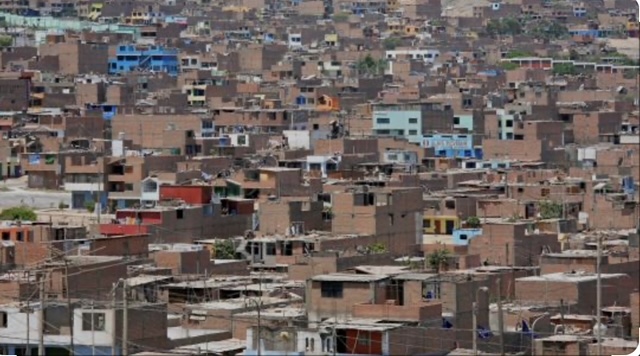
Members of the Mexican team that have been coming to Peru for years to study the mummies believe that the remains of a bygone people could form the new cornerstone of an economic resurgence in the region: cultural and historical tourism.
While researchers have different theories on the nature of the Nazca mummies, they can agree on two things: that the mummies have an important cultural significance, and people want to see them for themselves. I can personally attest that they are visually striking, and unlike anything I’ve ever seen.
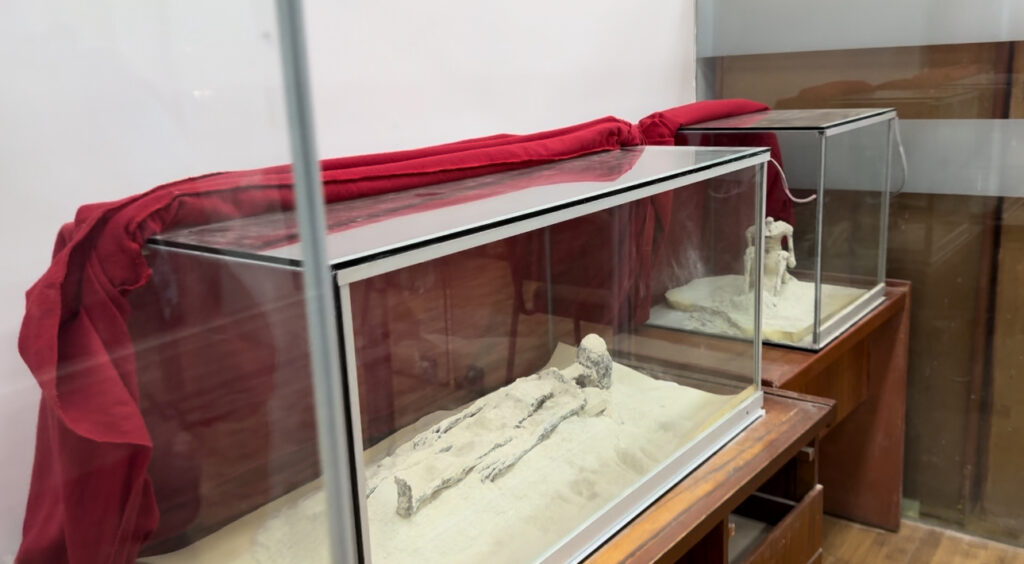
A Cultural Tourism Hotspot?
Four of the mummies currently sit in glass boxes behind a curtain at the National University of San Luis Gonzaga de Ica. They deserve better for their final resting place. For bodies like “Maria” and “Wawita” (“Guaguita”), perhaps a museum where they could be studied by archaeologists and anthropologists. Many of the people I’ve spoken with believe that a museum would also serve as a major draw to increase tourism in the region, and be a boon to the area’s economic growth. If tourists could visit both the Nazca Lines and a world-class museum showcasing the tridactyl mummies in the same day, it could quickly rival Peru’s top travel destination: Machu Pichu.
“After seeing the ruins at Machu Pichu, the fabulous cultures of antiquity seemed to be made of cardboard, Papier-mâché…” -Pablo Neruda
At an elevation of almost 8,000 feet, Machu Pichu is far-and-away Peru’s most visited tourist attraction. The 15th-century Incan sanctuary draws visitors from all over the world. Most years, about 1.5 million visitors make the trek to the “Lost City of the Incas.”
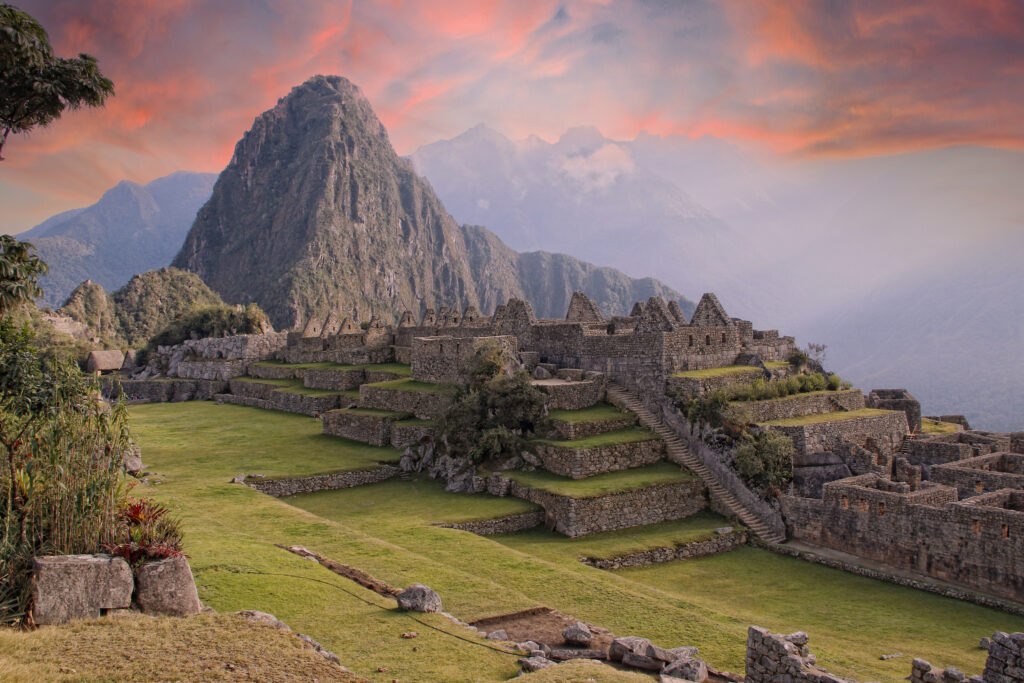
With less than 1/10 of the number of yearly visitors of Machu Pichu, the tourism potential of the Nazca Lines remains largely untapped. The lines called “geoglyphs” are formed into the landscape by removing rocks to create images in the lighter desert soil. Some of the images are over a thousand feet in length and they are found in an area that covers more than 50 sq km. The lines are believed to have been created by the Nazca, and the people that preceded them, the Paracas, between 500 BC-500 AD.
The size of the lines means that they can only be truly appreciated from the sky. Prop planes and helicopter tours are offered to provide an aerial view will set you back about $200-300 USD. At a thousand feet above the desert, it is easy to decipher the images of a spider, a hummingbird, or other geometric figures. To date, almost 400 distinct figures have been recorded.
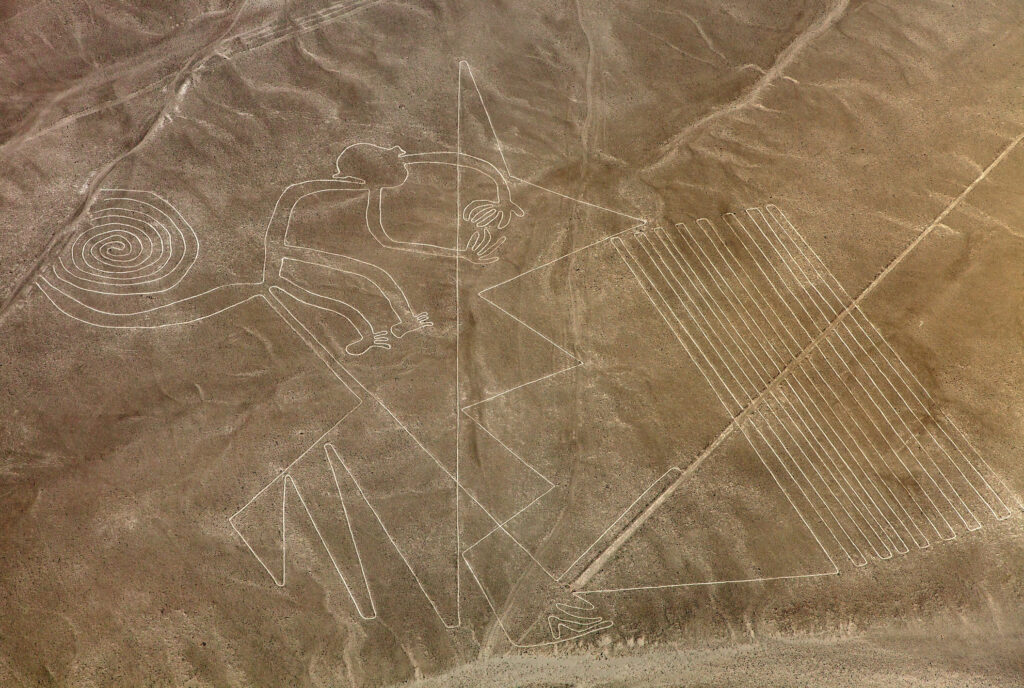
The Nazca Lines have fueled speculation on their meaning and origin since their modern rediscovery in 1927 by Peruvian archaeologist Toribis Majia Xesspe. Were they meant to communicate between villages as archaeologists at Yamagata University recently posited? Or to communicate to someone else entirely? Someone or something that had a more, ahem, bird’s eye view in 500 BC?
The mysteries of the Nazca Lines together with the ability to see the mummies could bring millions of people, and hundreds of millions of dollars to this region every year. A new museum could then mean new schools, hospitals, roads and infrastructure badly needed in the area.
Historical Tridactyl Representations in Peruvian Art

In cultures without a written language, the imagery and artistry they leave behind is the best way to understand what they valued. There are numerous well-preserved examples of art from both the Paracas culture (approx. 800BC-100 BC), and the Nazca culture (approx. 100 BC-800 AD). Paleoartistic designs are found in pottery, antimpampa (painted stone tablets), textiles, petroglyphs (scratching or rubbing on rocks) and of course, geoglyphs. One common theme found throughout the different mediums, is the depiction of humanoid figures; many of which have three fingers and three toes. The portrayal of tridactyl beings in ancient Peruvian art raises a few important questions:
First: Were the Nazca people simply illustrating what they saw and valued? Were there living beings in ancient Peru with skinny bodies, oddly shaped heads, and three fingers that the artists revered?
Second: Were the three finger depictions an easier way to illustrate human hands as the Nazca and Paracas were drawing/weaving in a simple representative style without the aid of detailed artistic implements?
Third: Are the mummies of modern alteration/manufacture purposefully made to resemble the unique characteristics found in the ancient art of the region?
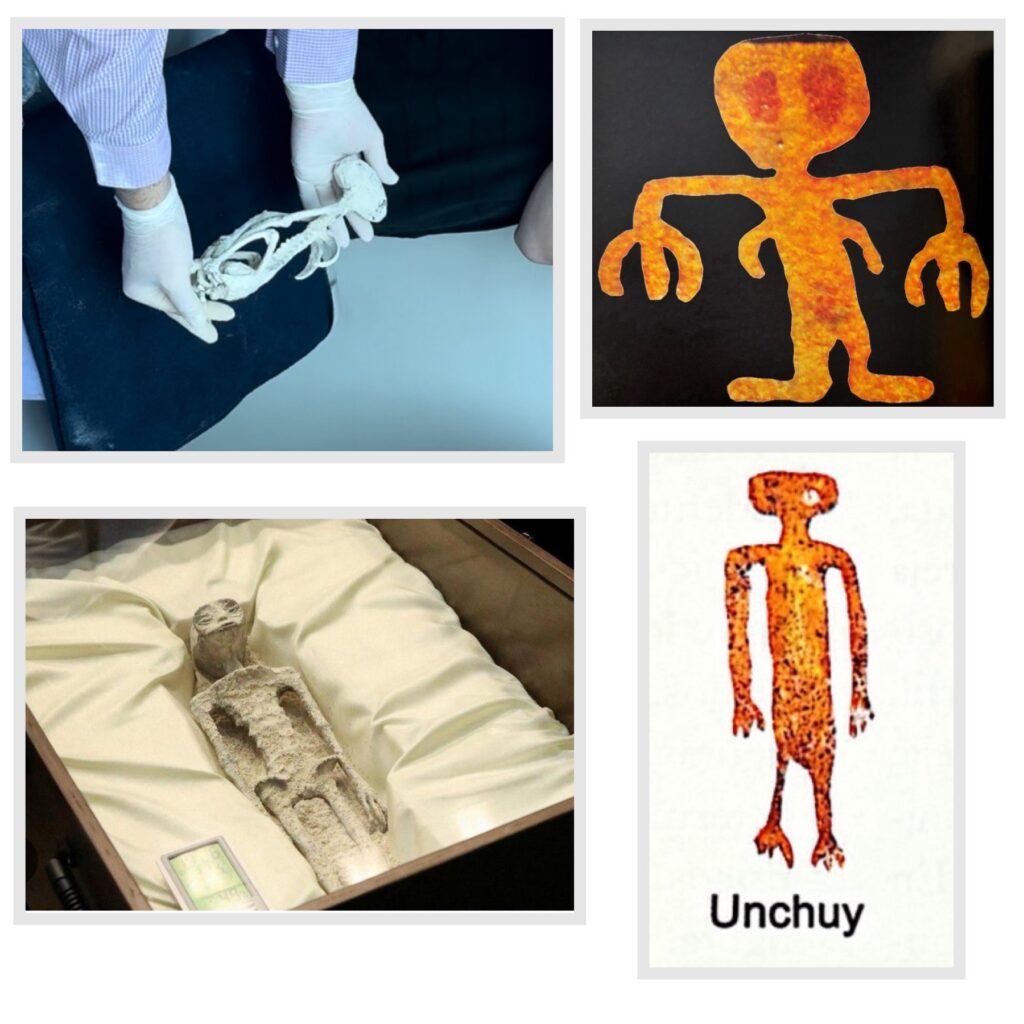
My friend, Dr. David Ruiz, is a noted Peruvian plastic surgeon who has been studying the mummies for years. He also has an interest in the paleoartistic designs of Peru that depict tridactyl figures. He told me to look for a book, entitled “Diseño Gráfico Arcaico” (Archaic Graphic Design), An Historic Testament of the Antimpampa, Peru, by Jesús Cabrera. The book is not currently in print, but I found a copy in a used bookstore in Seville, Spain. It has wonderful illustrations and photography of ancient Peruvian art.
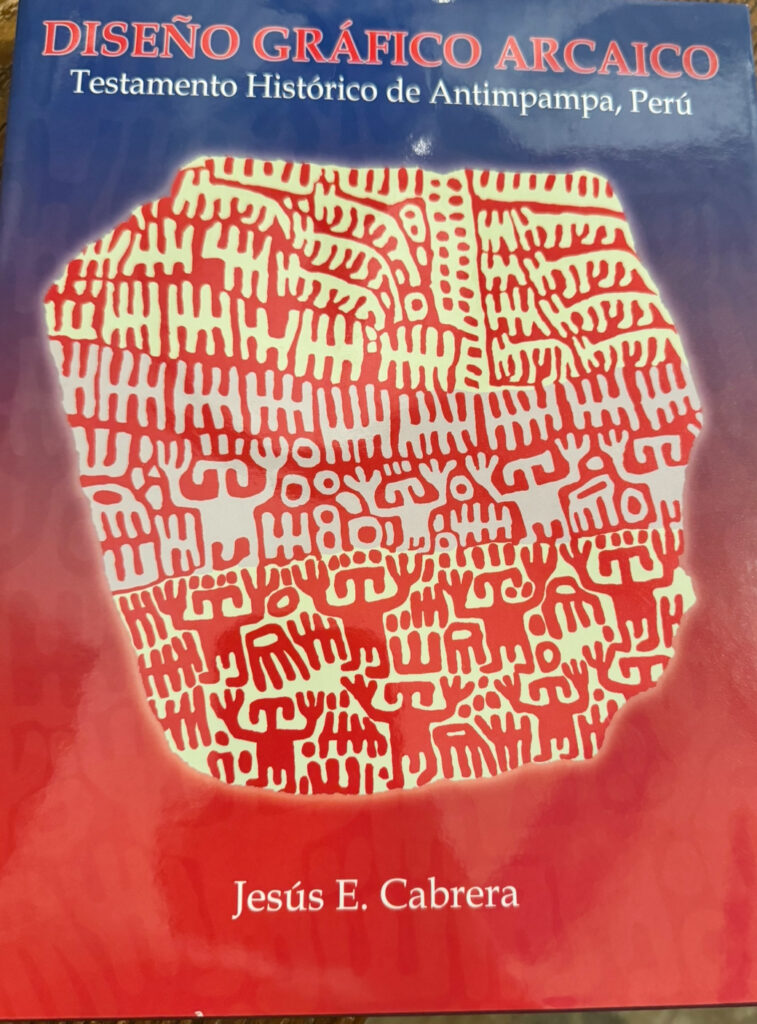
Dr. Ruiz wanted me to see how some of the bodies recovered closely match the figures drawn by the ancient inhabitants of the region. Is art imitating life?
Next Time
In my next blog, I want to share some information about what else Mario alleges he found inside that cave besides the mummies. I’ll also discuss some of the things we learned about why new mummies keep popping up.
